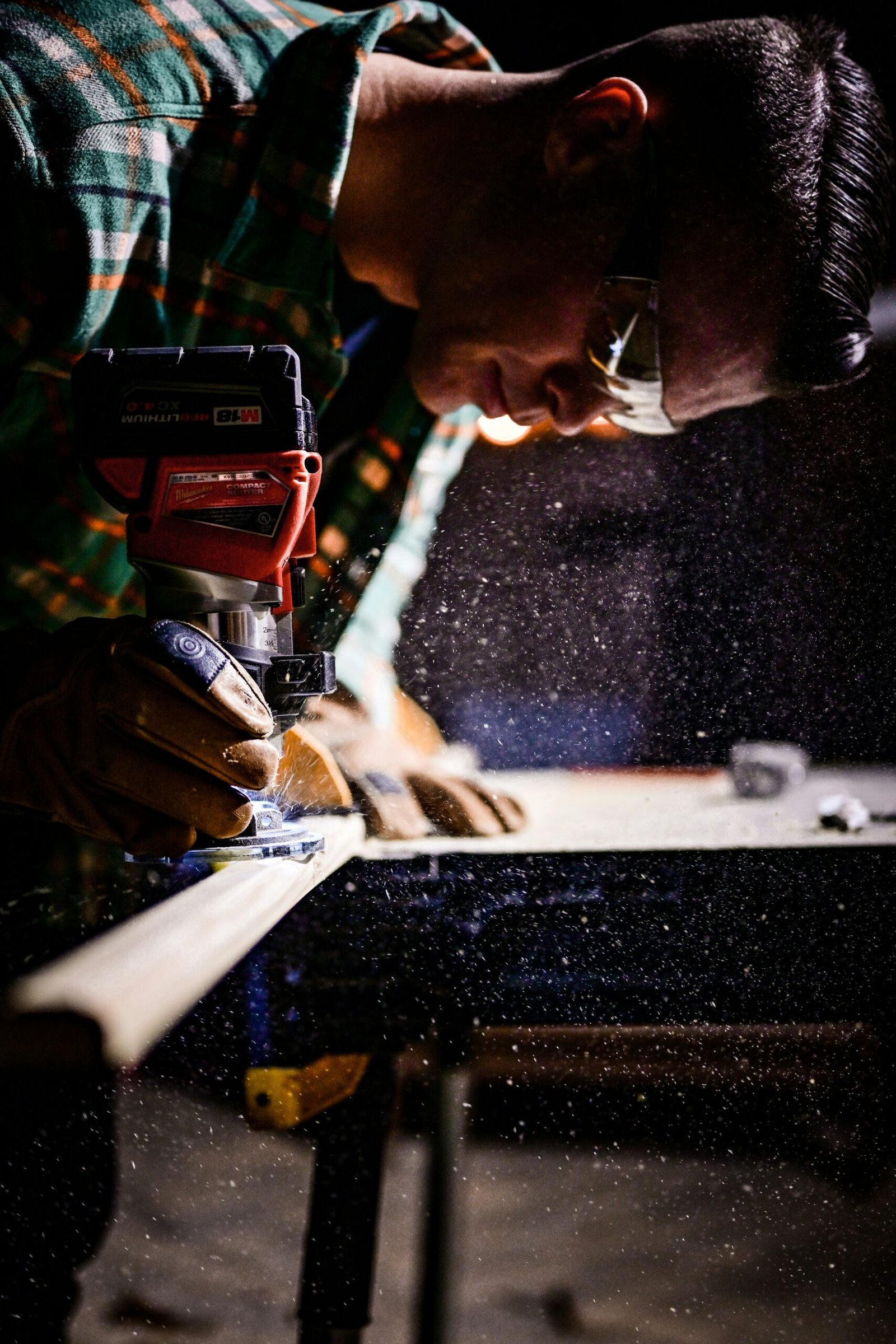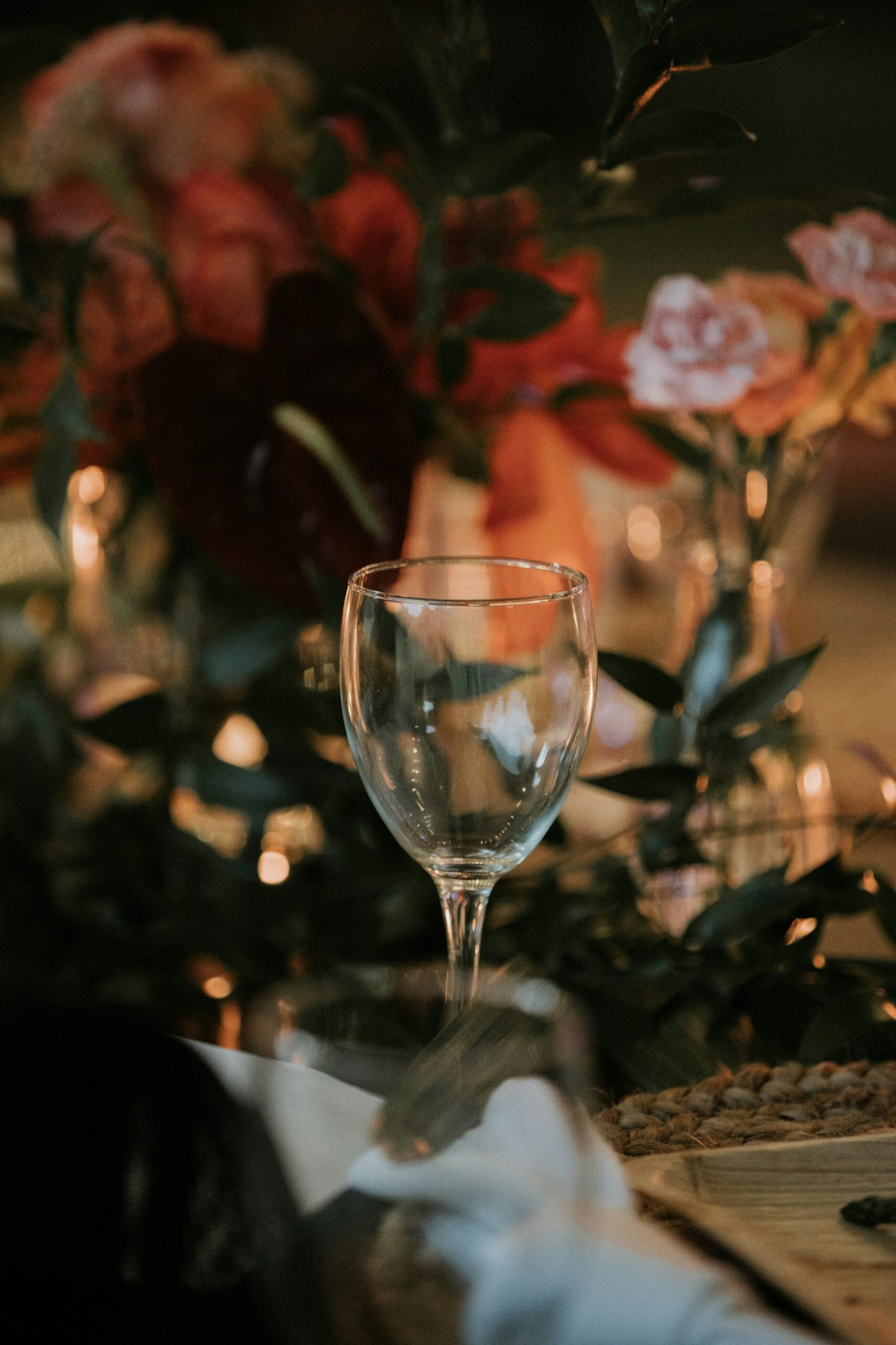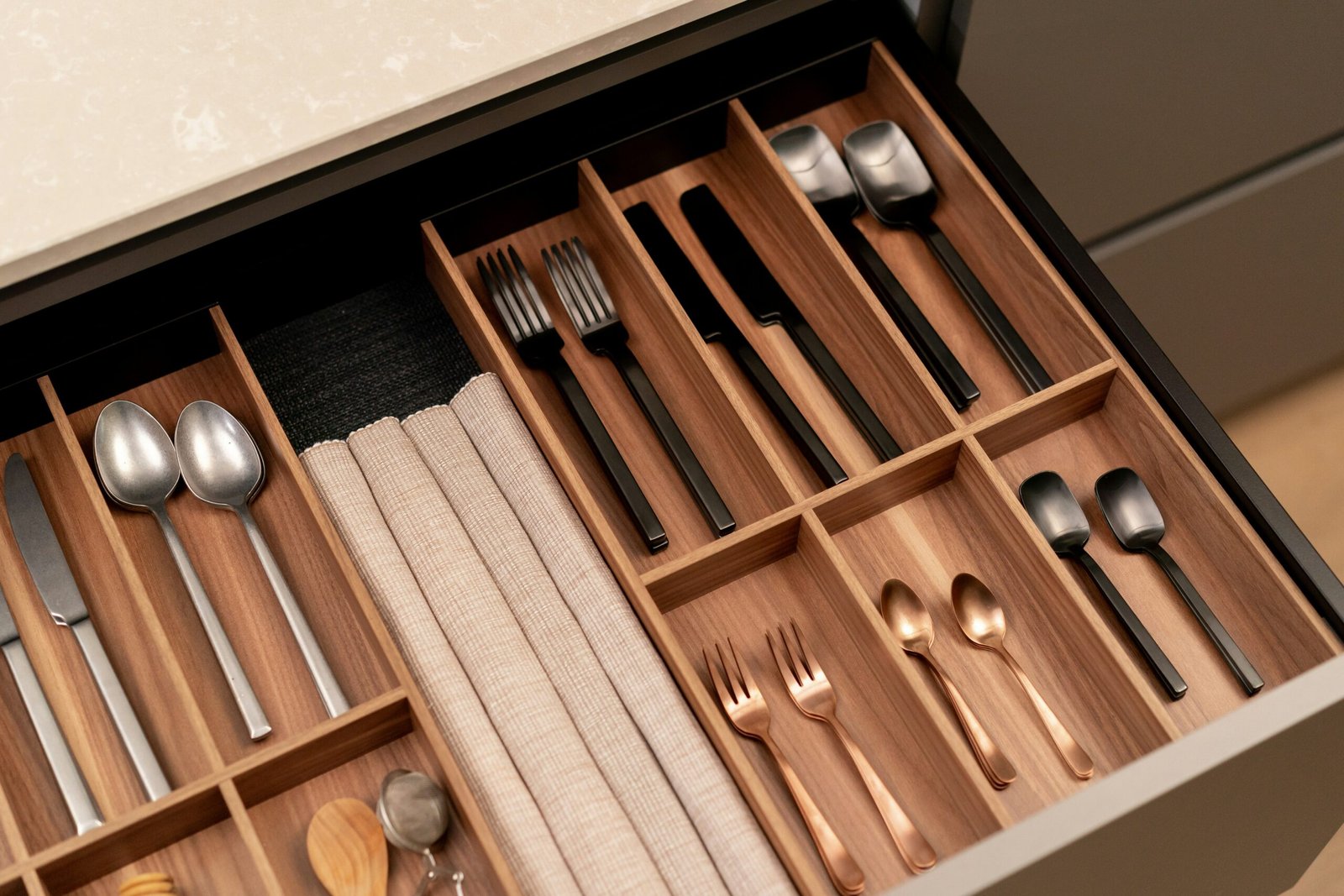Introduction to DIY Placemat Projects
Placemats serve a significant role in enhancing the dining experience, providing not only functionality but also a touch of style to your table setting. They protect the table from spills, scratches, and heat, thereby extending the life of your furniture. However, placemats can also transform the aesthetic appeal of your dining area. Through creative DIY placemat projects, you can express your personality and tastes, ensuring that each meal is complemented by a unique backdrop that reflects your individual style.
The world of DIY placemats offers an array of materials and design options to explore. From textiles such as fabric and felt to more unconventional elements like wood or cork, the possibilities are vast. For instance, you might opt for a fabric placemat that can be easily customized with dyes, paint, or additional embellishments. On the other hand, wood or cork can bring a rustic or modern touch, depending on your desired outcome. Each material presents its own opportunities for creativity, inviting you to think outside the box while crafting your own personalized dining essentials.
Engaging in DIY projects can also provide a gratifying creative outlet, allowing individuals to channel their artistic inclinations into something practical. As you embark on these projects, you will not only learn new skills but also gain satisfaction from making items that are functional and beautiful. Whether you’re preparing for a special occasion or simply looking to refresh your daily dining experience, creating custom placemats can invigorate your table setting. With a little imagination and effort, DIY placemats can truly become a focal point of your dining decor.
Choosing the Right Materials for Your Placemat
When embarking on a DIY project to create personalized placemats, selecting the right materials is crucial for ensuring both functionality and aesthetic appeal. The choice of material directly impacts the placemat’s durability, ease of cleaning, and how well it complements your dining setup.
Fabric is a popular option often favored for its versatility. Cotton and linen are both excellent choices, providing a soft surface that adds a touch of elegance to your dining experience. However, fabric placemats can be prone to stains and may require regular washing, which could be a drawback for some. To mitigate this, consider using a fabric that is treated for stain resistance or selecting colors and patterns that can hide spills effectively.
Cork placemats offer a natural and eco-friendly alternative. Known for their durability, they are resistant to moisture and are relatively easy to maintain. A cork surface can also provide a unique textural contrast to your table settings. On the downside, cork can be susceptible to scratching, so careful handling is advisable.
Wood placemats present a rustic charm that can enhance the overall dining ambiance. They can be crafted from a variety of woods, allowing for a range of finishes and colors. However, wood requires more maintenance to keep it in optimal condition, often demanding regular oiling to prevent drying out. Additionally, it may not be the best choice for messy meals as it can absorb liquids.
For those looking for a more temporary solution, paper placemats are an economical and customizable option. You can easily print designs or use stencils to create personalized patterns. They are disposable or recyclable, making cleanup a breeze. However, they lack the durability of the other options and may not withstand heavy use.
In selecting colors and patterns for your placemats, consider how they will interact with your existing tableware and decor. Choose hues that complement your dishes and reflect your personal style, ensuring a cohesive dining presentation. By carefully considering these materials and design elements, you can successfully create DIY placemats that enhance your dining experience.
Step-by-Step Guide to Crafting Your Own Placemat
Creating personalized DIY placemats can be a delightful addition to your dining experience. To begin, gather the necessary tools and materials: fabric or paper for the base, scissors, a ruler, a pencil, washable markers or fabric paint, and stencils if desired. Optional items include a sewing machine for fabric placemats or adhesive for embellishments.
First, decide on the size of your placemats. A standard placemat typically measures 12 by 18 inches. Use a ruler to mark the dimensions on your material of choice, then cut the fabric or paper accordingly. If you are using fabric, consider finishing the edges to prevent fraying. This can be done with simple sewing techniques or fabric adhesive.
Next, personalize your placemat design. You may choose to employ stenciling, which requires placing a stencil over your placemat and applying paint carefully with a sponge or brush. Alternatively, if you prefer drawing, use washable markers to create patterns or write names directly on the placemat. If you opt for a fabric base, consider using water-resistant paint to ensure longevity.
For those experienced in sewing, you can enhance your design with quilted patterns or decorative stitching. Begin by layering different fabrics for a unique textured effect. Once your design is complete, make sure to let it dry thoroughly if using paint, or secure any sewn elements to ensure durability.
Finally, take a moment to reflect on how your newly crafted DIY placemats enhance your dining table’s aesthetic. By considering themes or colors that match your table settings or surrounding décor, you can create a cohesive look. Enjoy the satisfaction of showcasing your personal style while sharing meals with family and friends around your beautifully adorned table.
Tips for Maintaining and Storing Your DIY Placemat Collection
Once you have created your own DIY placemats, it is essential to implement proper maintenance and storage strategies to ensure their longevity. Different materials may require specific cleaning methods, so it’s crucial to identify the characteristics of your placemats. For fabric placemats, machine washing is typically recommended; however, always verify the care label to select the appropriate wash cycle and temperature. For those crafted from wood, bamboo, or other non-fabric materials, a simple wipe-down with a damp cloth and a mild detergent should suffice, avoiding excess moisture that can lead to warping or damage.
Preventing wear and tear is another critical factor in maintaining the life of your DIY placemats. Regularly inspecting your placemats for signs of fraying, fading, or damage will allow you to address issues early. If you notice any deterioration, consider using fabric glue to secure frayed edges or reapplying finishes to wooden placemats, which can restore their appearance. Additionally, rotating the use of your placemats can help alleviate pressure on any particular set, ensuring even wear across your collection.
Storage solutions play an integral role in keeping your placemats organized and accessible. A designated drawer or storage bin can provide a tidy space for your DIY creations. Consider using dividers to separate different themes or occasions, making it easy to switch up your dining experience based on the season. Additionally, storing placemats vertically, like a file, can save space and prevent unwanted creasing for fabric types. As holidays and seasons change, taking the opportunity to refresh your collection will keep your dining space visually appealing and well-coordinated.
In summary, understanding the care and storage needs of your DIY placemats not only enhances their lifespan but also ensures your dining table remains a dynamic and personalized space throughout the year.



